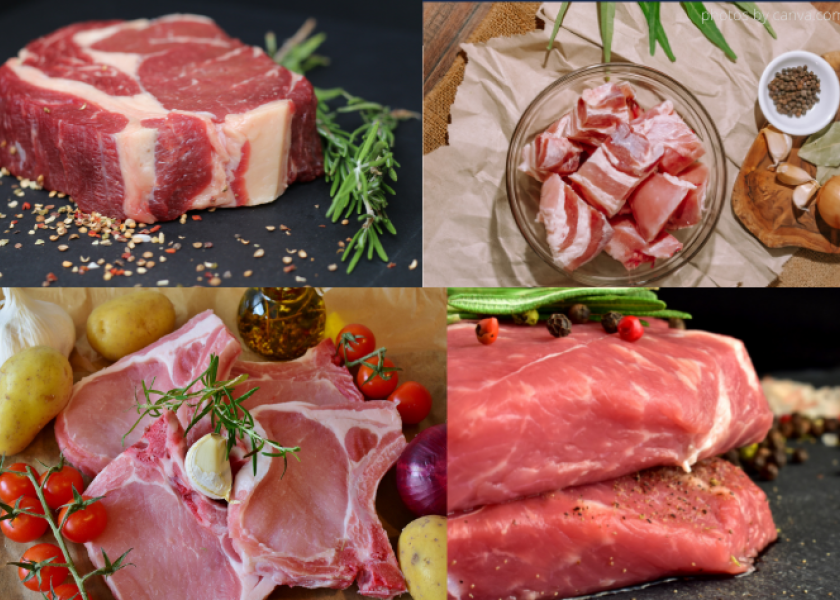Mission to Market: Expanding Opportunities of U.S. Exports to the UK

Set out to open doors, strengthen relationships and expand U.S. food and agricultural exports opportunities, the U.S. Department of Agriculture (USDA) recently completed a trade mission to the United Kingdom (UK), led by Jewel Bronaugh, deputy secretary of agriculture, and other leaders from U.S. businesses, farm organizations and state government agencies, an USDA Foreign Agriculture Service (FAS) article explains.
In 2021, the UK imported $2.76 billion of agricultural products, with beef and pork products claiming a very small portion of the total.
“One of the primary goals was to ensure that we can get high-quality, safe and affordable U.S. food and farm products to the UK,” Bronaugh says.
Many barriers currently exist to increase trade. The trade mission focused on many of these:
• Reduce tariffs and non-tariff trade barriers to provide equitable access to the UK market,
• Encourage science-based and data-driven decisions in the UK agriculture and food policy,
• Educate U.S. exporters on the UK market and connect directly with British buyers, and
• Improve the image of U.S. food and farming and commitment to sustainability, food safety and animal welfare.
Bronaugh describes positive outcomes of the mission including progress in engagement with the UK, movement towards science-based decisions in ag policy and a willingness to discuss the differences between the U.S. and UK food and ag sectors.
Following this meeting, the UK announced it will be joining the U.S.-led Sustainable Productivity Growth Coalition, the article says, which is a voluntary coalition whose members aim to accelerate the transition to more sustainable food systems.
Despite challenges in the export market to the UK, opportunities exist with U.S. advantages over other competitors, including affordability, similarities in consumer retail trends and food-service markets and the UK’s affinity for the U.S. and its products, the FAS says.







